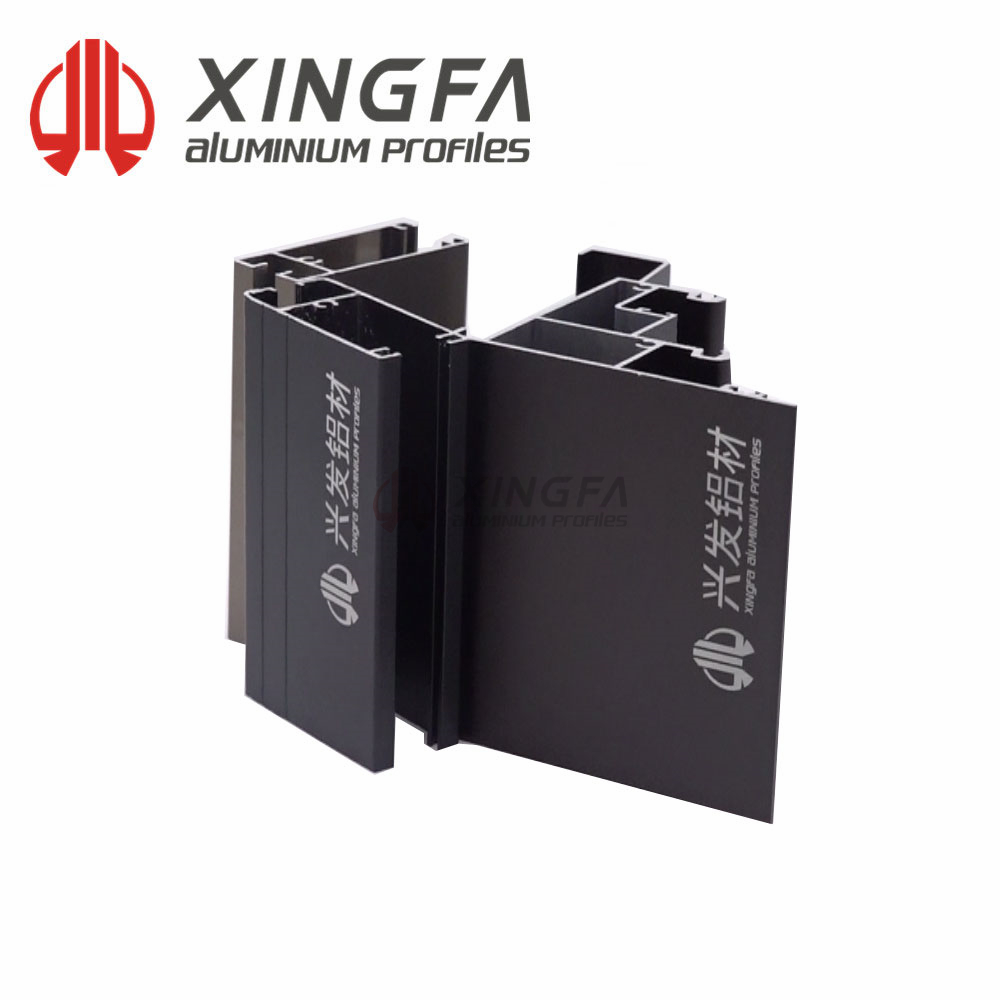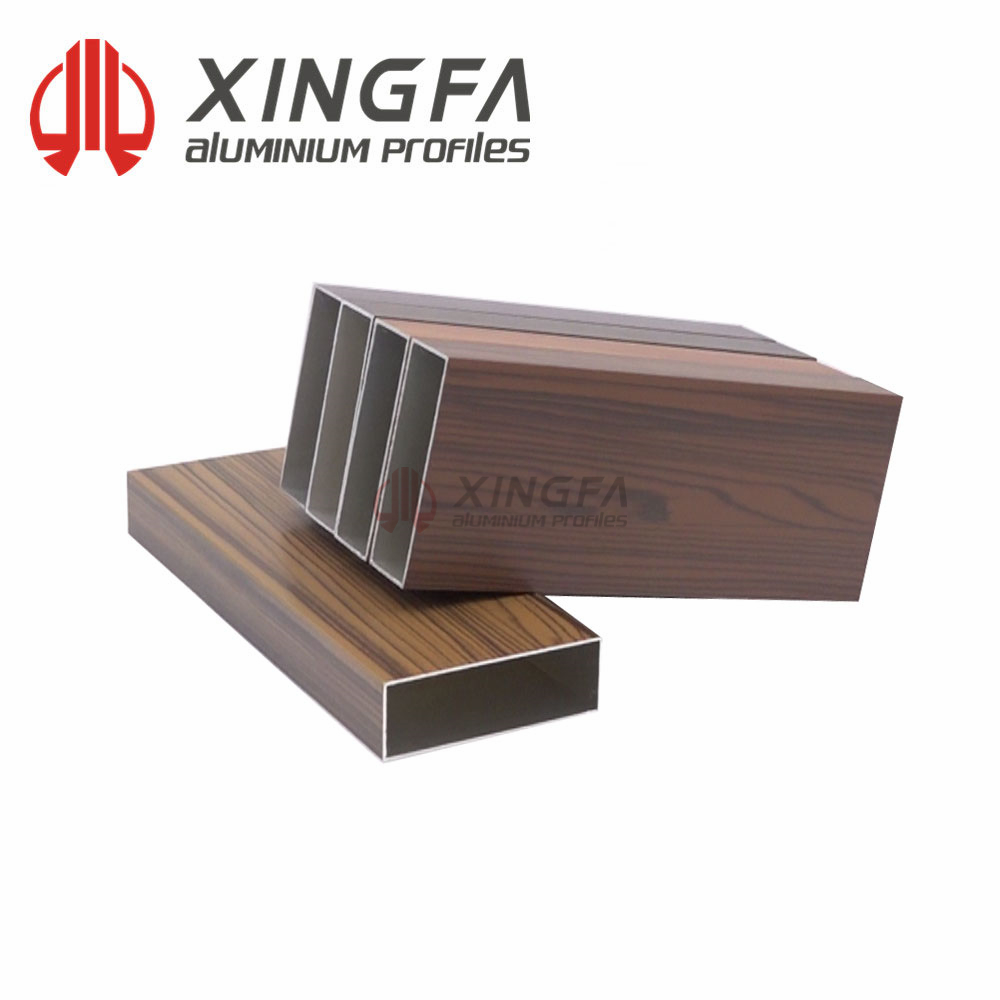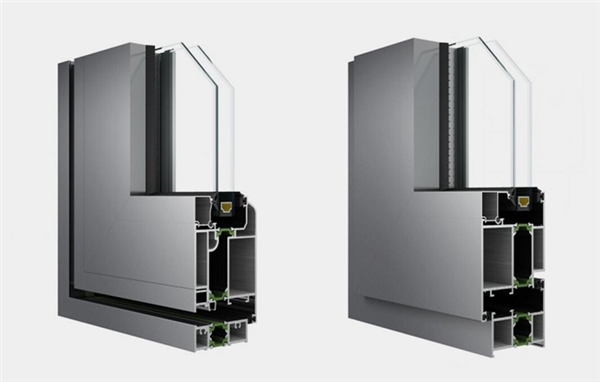NEV has now been in a rapid developed stage, especially in China, UK, France and Norway. In these country, EV and Hybrid Cars are common seen on road. Ford, GE, JAGUAR, Volkswagen, Volvo now have been announced their EV’s Plan.
Aluminium applied is unavoidable in maximized EV lightweight. Speaking of lightweight, all the structural parts are using aluminium alloy in the condition of complying safety requirements and technology barriers. However, Magnesium or other composite material are also capable of reaching the purposes of lightweight. But in terms of integrated performances and cost effective, aluminium alloy is still the best options, and the cross comparing of aluminium with other material is still ongoing.


1 EV and its aluminium extrusions demand
EU has stated that, CO2 emission requirements in 2050, most of the cars are now alloyed to use fossil fuels. In this condition, till 2050, 80% of cars in Europe should be electric. For reaching this targets, EV sales among cars should be up to 50%. The transforming car industry to EV is not a wish or advice, it is a necessary step. China, Europe and USA has now swam with the tides, it’s not just open innovation but also scale manufacturing.
In a fixed travel distance, the energy consumption is equal to EV’s Curb Vehicle Weight, which also means that lower CVW is necessary. By lowering the battery case and total CVW, it is recommended to use aluminium extrusions.
Recently, CRU had carried a research and prediction on the demand for aluminium extrusions EV body and structure parts. It has been concluded that till 2030, global demand is around 10 million metric tons. The ratio of these two aluminium extrusions are 80% aluminium plates plus 20% of aluminium sections. In other words, aluminium sections quantity will be 2 million metric tons. In a EV, main structure body has around 10-11% of aluminum sections.
2 Aluminium extrusions alloy in EV’s application.
2.1 Battery case and parapets
For a battery case, the material should be well-performed and cost effective. At present, aluminium is the best option, which is better than iron steel and CFRP.
Almost every Car manufacturers are using aluminium extrusions for battery case, such BMW, Audi, Volvo. At the mean time, some manufacturers has expressed interest in Tesla CTC technology and started imitating, such as i20 EV from BMW, e-tron from Audi, EQ from Mercedes. Originally, Audi used aluminium casting alloy for battery case, and now has changed to aluminium extrusions as well as BEVs and PHEVs.
2.2 Aluminium thick plates cooling case
In 2018, Constellium first launched a brand new design of battery case called ‘Cooling Aluminium’, which has a well performance of cooling efficiency. By applying this design, there is no need to rub the string welding connection. Results stated that, cooling plates strict connected with no leaks and easy-installed. During the experiment, it showed a excellent cooling performance, and temperature deviation is ±2 ℃. It extend the battery usage life and increase safety. Case’s spare parts are bend aluminium extrusions without hole punch, welding, and the total weight is 15% less than before.
By the development of aluminium material innovation, car-used aluminium and EV are complementary on each other and sustainably developing together. At that time, zero pollution will be a realistic scene in near future.


